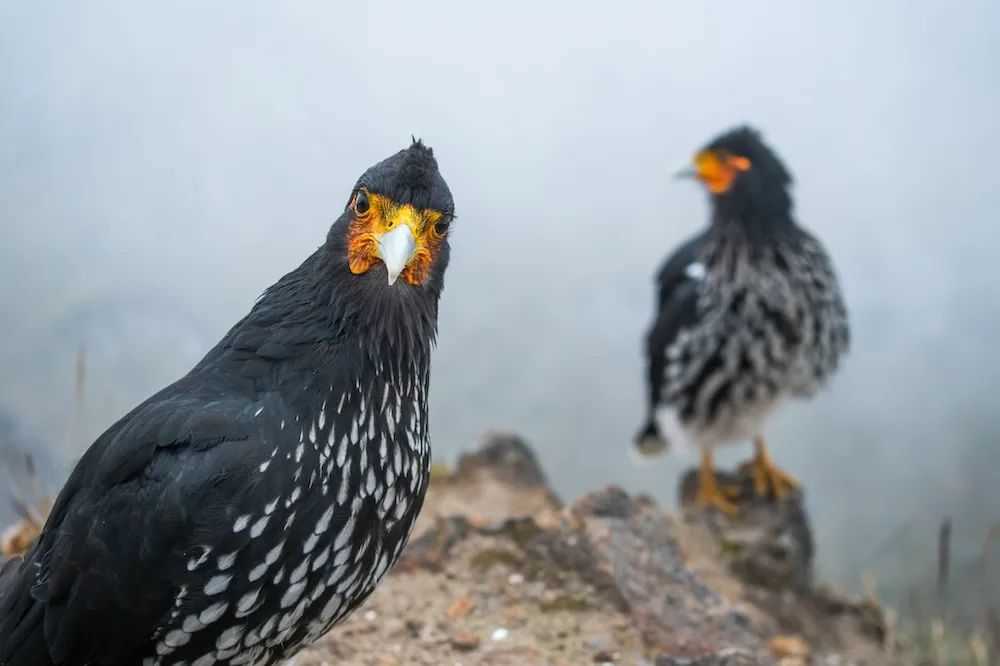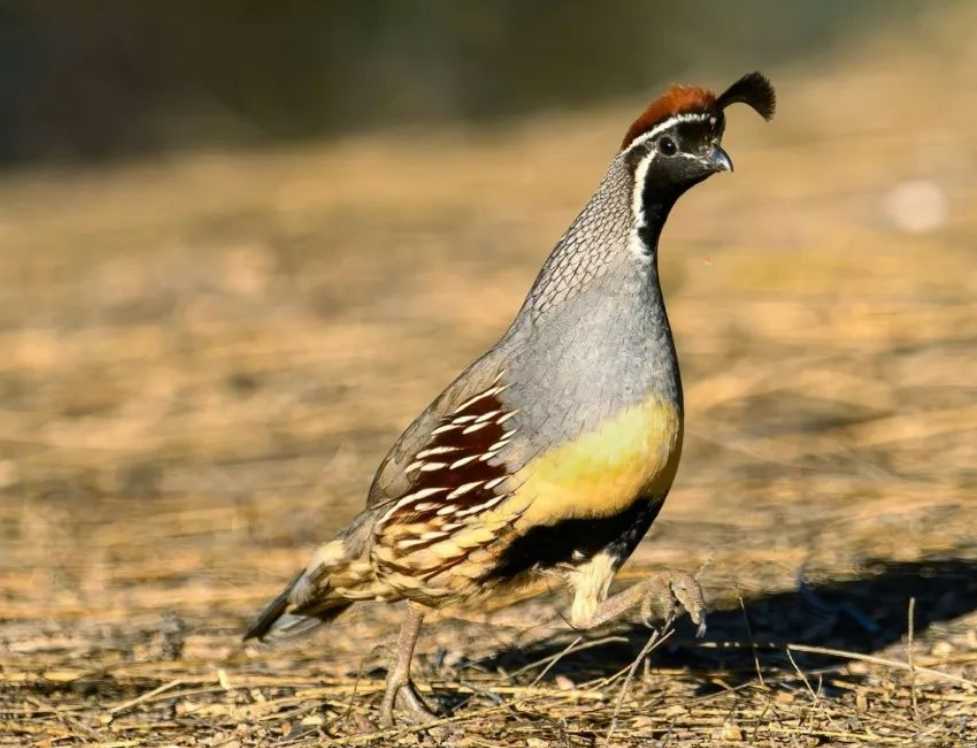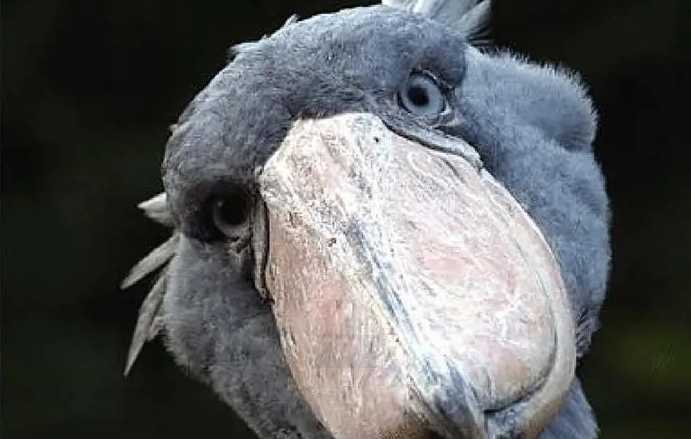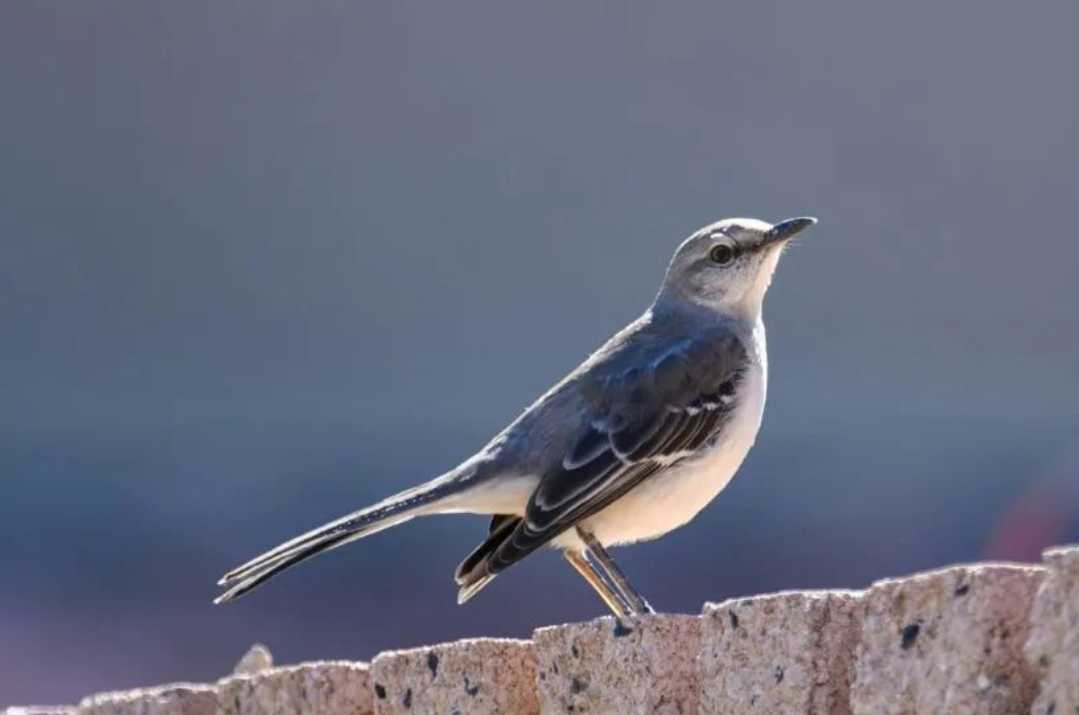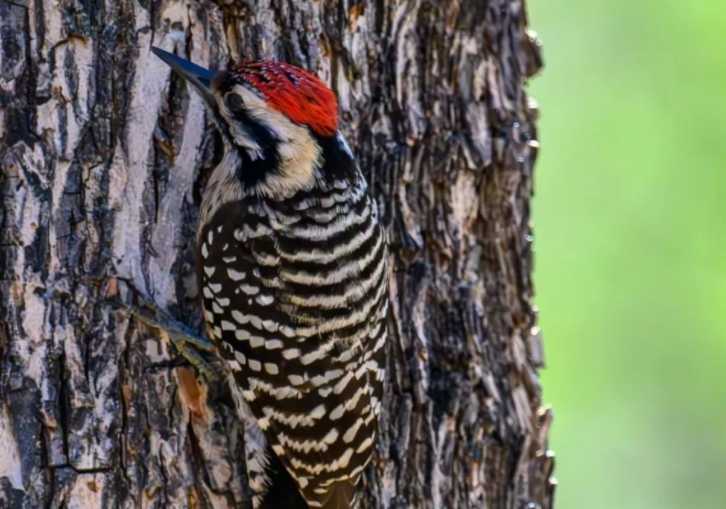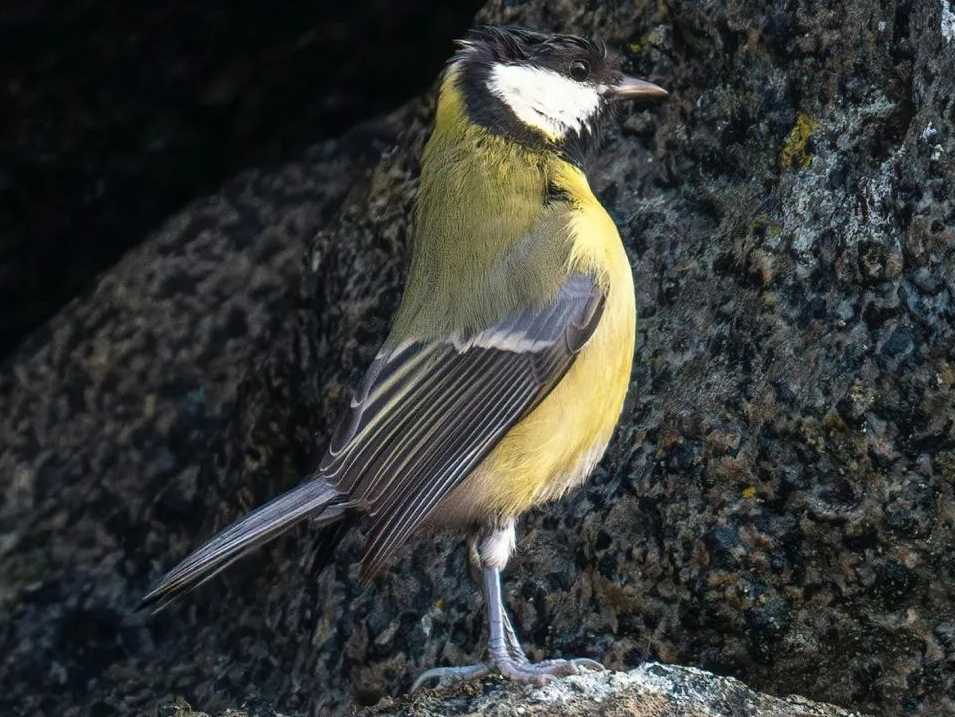The Carunculated Caracara (Phalcoboenus carunculatus), a striking and imposing raptor, commands attention with its unique appearance and adaptable nature. Found across the open landscapes and mountainous regions of South America, this bird of prey stands out as a symbol of the continent’s diverse avian life, blending power and elegance in its behavior and morphology.
Carunculated Caracara: The Majestic Raptor of the Americas
The Carunculated Caracara (Phalcoboenus carunculatus), a striking and imposing raptor, commands attention with its unique appearance and adaptable nature. Found across the open landscapes and mountainous regions of South America, this bird of prey stands out as a symbol of the continent’s diverse avian life, blending power and elegance in its behavior and morphology.
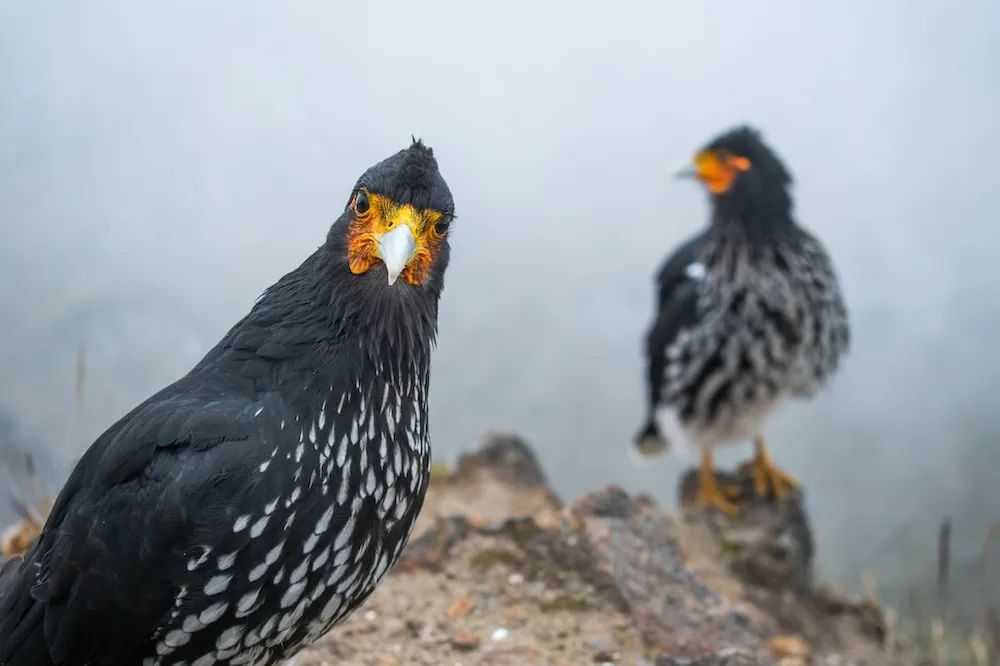
Source: Images from the Internet, if there is any infringement, please contact the removal of
Characterized by its robust build and distinctive facial features, the Carunculated Caracara measures approximately 50–60 centimeters in length, with a wingspan reaching up to 1.2 meters. Its plumage is predominantly dark brown to black, offset by a pale neck and subtle white markings on the wings. The most notable feature is the fleshy caruncles—wrinkled, reddish growths—surrounding its beak and eyes, which become more vibrant during mating displays or moments of agitation. These caruncles, along with its sharp, hooked beak and powerful talons, give the bird a fearsome yet regal appearance. Primarily a scavenger and opportunist, it feeds on carrion, small mammals, reptiles, and even insects, using its keen eyesight to spot food from high perches or during slow, soaring flights.
Inhabiting a range of ecosystems from the Andes Mountains to grasslands and dry woodlands, the Carunculated Caracara is well-adapted to harsh environments. It nests in tall trees or on rocky cliffs, constructing large platforms of sticks where it raises its young. Despite its wide distribution, the species faces challenges from habitat degradation due to agriculture and urbanization, as well as occasional persecution by humans who mistakenly view it as a threat to livestock. However, its adaptable diet and ability to thrive in semi-disturbed areas have helped maintain stable populations in many regions.
Birdwatchers and researchers are drawn to the Carunculated Caracara for its intriguing behavior, including its tendency to gather in small groups at food sources or engage in aerial displays. As a key scavenger, it plays a vital role in ecosystems by recycling nutrients and controlling pest populations. Efforts to protect its habitat and promote coexistence with human communities are essential to ensuring the continued survival of this remarkable raptor. With its striking appearance and ecological significance, the Carunculated Caracara remains a captivating symbol of the wild landscapes it calls home.

